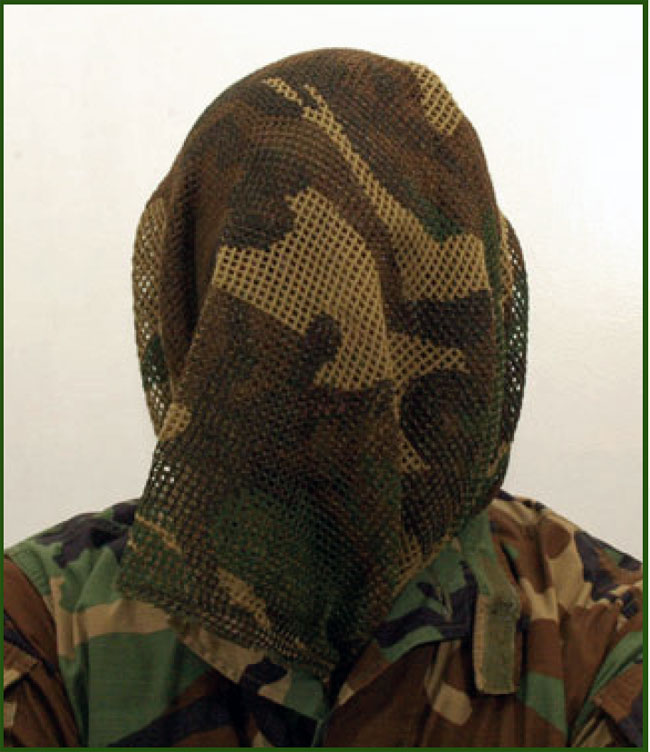Scrim can be a tough fabric that's stretched over the boarded interior walls of houses, both to make the walls more rigid and make wallpaper stick better. It can reinforce glass or carbon fibre, or it can be stuck onto sails to make them stronger. As a thread-strengthener, it's used for fishing line.
Then there's the other scrim (sometimes called gauze) which is also a fabric, but a fine translucent one. You can see it used for curtains, bookbinding, or upholstery.
Because this sort of scrim is translucent, it's used a lot in the theatre for special effects: depending on the way it's lit it can seem anything from almost invisible to as solid as a wall. You can project images onto it, too.

Here it's being used as a screen in a Nang puppet show.
You'll also see scrim covering loudspeakers, too, and used as what I can only describe as veils for soldiers - though they probably have a much more manly term to describe their face-coverings.

I'm now going to go and have a look at a nice fat hardback book to see if I can find some scrim. I expect to find it inside the spine.
Good hunting!
Spot the frippet: scrim. This is a lovely word, but though we know it popped up in the 1700s, no one knows from whence it came.
I love this word....I have only used it in the theatrical sense, but yes, some of my older books have scrim in the spine! Esp some of the cricket books in the attic...
ReplyDeleteI'm delighted you like it, Adele. You can feel the starch in it, can't you.
Delete